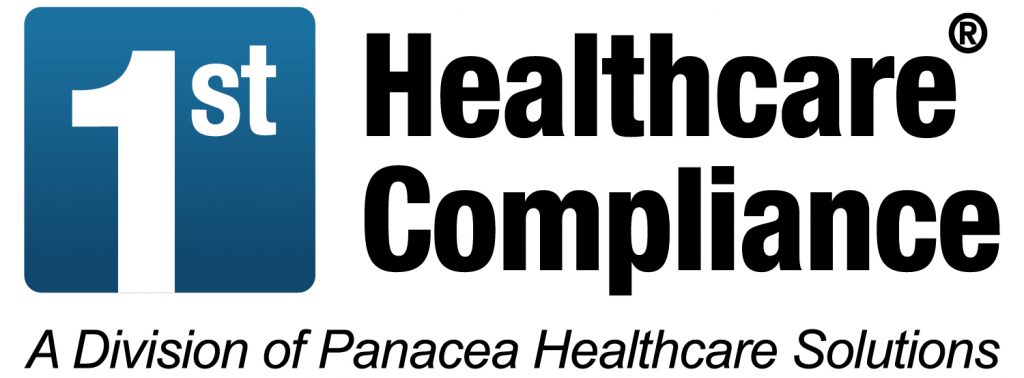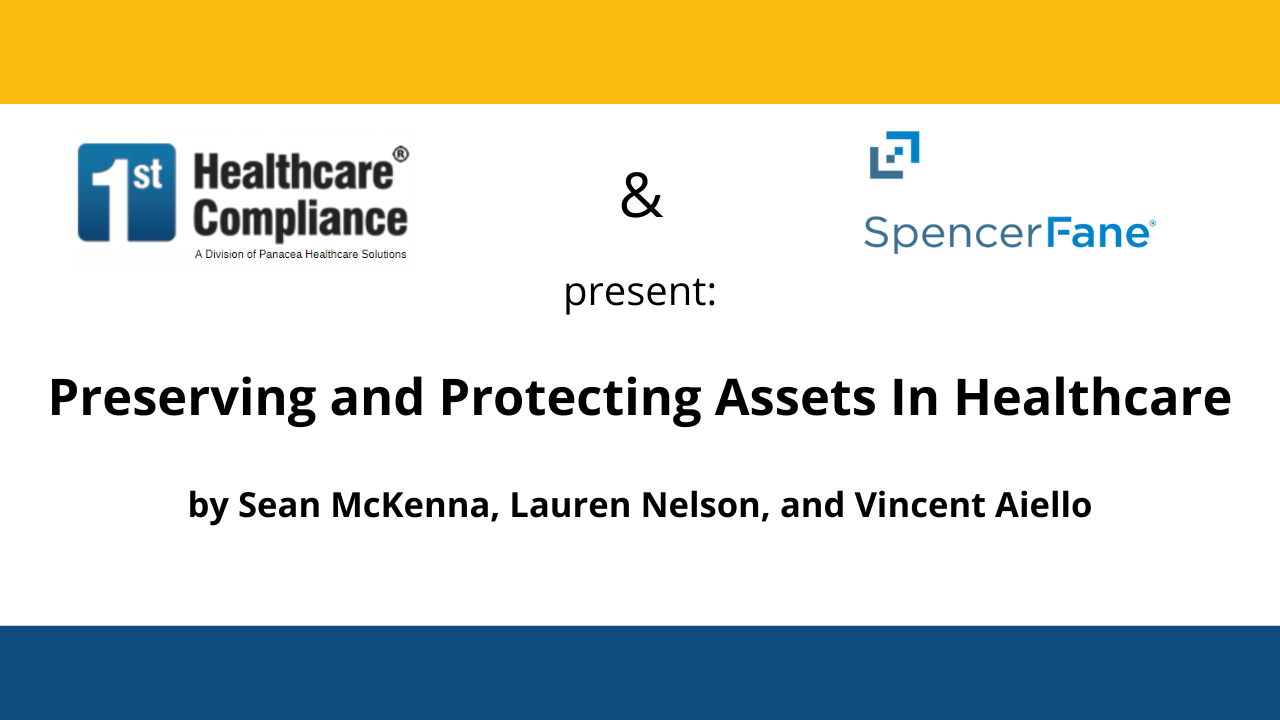Conquer Patient Safety Challenges with CRPs
Improving patient safety, decreasing rates of error, and minimizing medical liability costs are important objectives of health care reform in the United States. Many experts believe that to accomplish these goals, organizations must adopt principles of transparency and just culture, and engage in effective and honest communication with patients and families as well as proactively seek early resolution of claims after adverse events caused by inappropriate care. In recent years, forward-thinking health systems and liability insurers have developed communication and resolution programs (CRPs) designed to encourage full disclosure of unintended patient care outcomes to patients and their families. Such efforts involve an investigation of the incident, an apology, an explanation with complete revelation of the facts, and when appropriate, reimbursement or compensation. These programs represent a systematic strategy to respond to patients when something goes awry, and are integral to patient quality and safety. In part, they are founded on the principles of respect, transparency, and honesty and may improve patient safety outcomes and quality of care by providing an introspective review of the occurrence and promoting learning opportunities from any mistakes, errors, or near misses. CRPs meet the needs of patients, their families, and caregivers when an adverse event occurs in patient care, and address any identified patient safety and quality gaps.
Alternatives to Medical Malpractice Litigation
Many patient safety leaders view these programs as an alternative to the costly and lengthy malpractice litigation process which fails to answer fundamental questions about the nature of the harm and basic details of the incident. Often, the traditional response to patient harm involves the disclosure of limited information and avoidance of admissions of fault–a “deny and defend” model. These interactions quickly turn adversarial, and the open communication normally accorded the patient-physician relationship is abandoned. For health care providers, the “deny and defend” paradigm provides little incentive for investigation of the event because of the fear that a compensable error might be revealed. Thus, there is no analysis of the event and organizations are unable to learn how to prevent a similar catastrophe. This loss of a learning opportunity can derail efforts to improve patient care.
One of the seminal communication and resolution programs was developed and implemented at the University of Michigan Health System (UMHS). This “Michigan” model and other programs, mostly notably the “Seven Pillars” approach at the University of Illinois Medical Hospital and Health Sciences System (“UIH”), changed the way these organizations responded to patient injuries and medical malpractice claims. These programs are known collectively as early settlement models as opposed to another model involving limited reimbursement, which typically covers nominal out-of-pocket expenses and loss of time, and may adjust the billing for services. UMHS’s efforts were driven by three guiding principles: (1) compensate quickly and fairly, (2) vigorously defend appropriate care, and (3) reduce patient injury and claims by learning from mistakes. The health system sought open communication with patients about an adverse event but also critically investigated the incident to assess whether the care comported with the standard of care and was reasonable, offered an apology, and provided an early offer of compensation when the care fell below the standard of care or was unreasonable in the circumstances. A multidisciplinary internal committee reviews the event to determine if the care provided was medically reasonable and whether the care negatively affected the outcome. If warranted, peer review, quality improvements, or additional education and training may be recommended. This program has successfully reported a reduction in claims, malpractice lawsuits, median time to claim report to resolution, defense costs, and average settlement amounts.
UIH adopted a related approach premised upon similar underlying principles as well as the CANDOR program (communication and optimal resolution program developed by the Agency for Healthcare Quality and Research). The “UIH’s Seven Pillars” strategy is characterized by prompt reporting of the incident, rapid review and investigation by safety and risk management, early communication with patient and family (within 15-30 minutes of the unanticipated event), full disclosure, apology, and a rapid remedy (holding hospital and professional fees), a focus on learning opportunities and system improvement, data tracking and evaluation, and education and training. The results of this program have been profound. Having open and honest communication with patients and their families and offering an early financial resolution package after an adverse event has not resulted in significant liability concerns but has actually led to lower claims, legal fees and expenses, costs per claim, settlement costs, self-insurance costs, and mean times to claim closure. These findings closely track the UMHS experience.
Contributed by David M. Sommers, MD JD LLM







